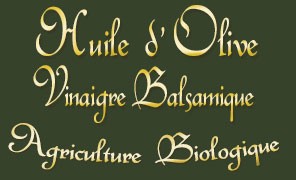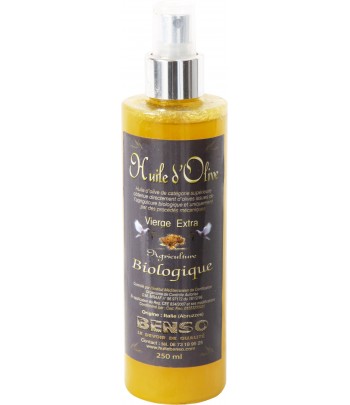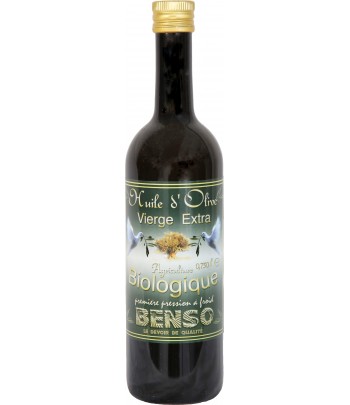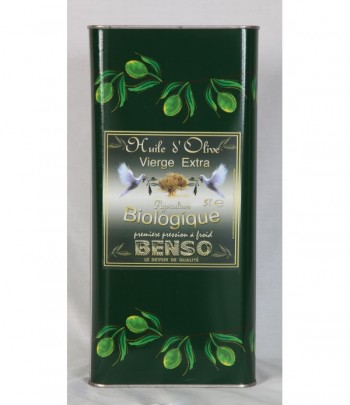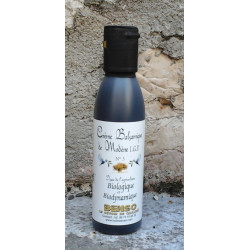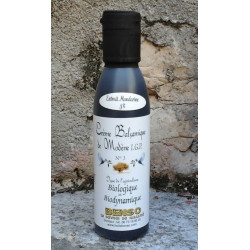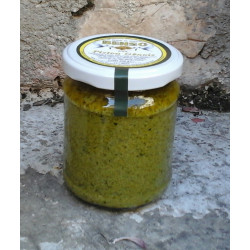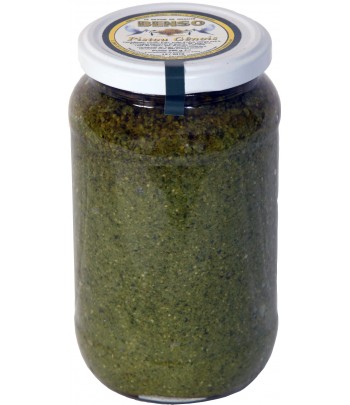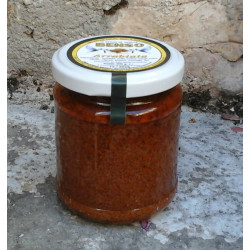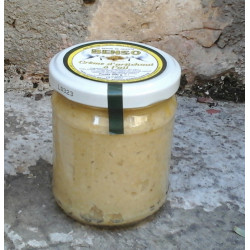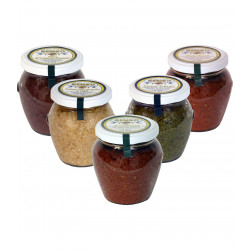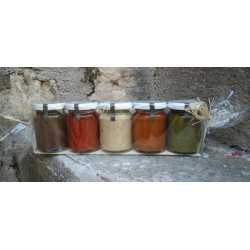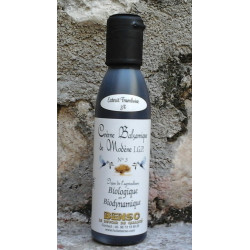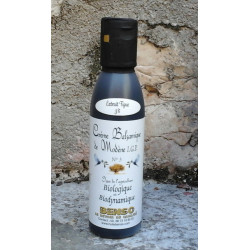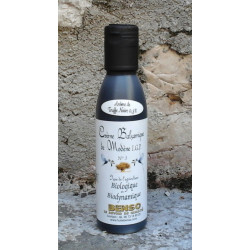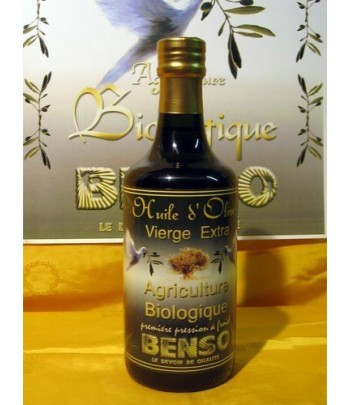Published on 2020-06-04 14:28:37
Learn more about olive oil
History: from the olive tree to olive oil
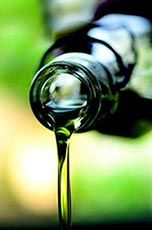 The olive tree spread thanks to the Mediterranean climate which gradually appeared 1O OOO years before J.C. We find the first traces of wild olive trees 6, years before our era. The "domestication" and cultivation of the olive tree dates from around 5,5 BC in the Near East and -5, years ago in Spain and on the current French-Spanish border.
The olive tree spread thanks to the Mediterranean climate which gradually appeared 1O OOO years before J.C. We find the first traces of wild olive trees 6, years before our era. The "domestication" and cultivation of the olive tree dates from around 5,5 BC in the Near East and -5, years ago in Spain and on the current French-Spanish border.
The ancient Egyptians, Greeks and Romans engaged in culture and trade, proof of which is the amphoras found in the wrecks of merchant ships discovered lying at the bottom of the Mediterranean.
Since then, the cultivation of the olive tree, the production of olive oil and its trade have continued to expand all around the Mediterranean.
The most significant expansion took place from the 16th century. Needs for soap factories; industry (mechanical and textile) pushing production. The peak of olive cultivation (in terms of surface area) thus took place in the 19th century. Since then, cultivation areas have decreased throughout the 2th century, but productivity gains in the cultivation and extraction of olive oil have resulted in a 5-fold increase in olive oil during this century.
Olive oil extraction
First cold pressing
Olives were historically ground on a stone millstone to obtain a pulp which was placed in flexible baskets that were stacked (scroutins) and then pressed using a press.< /p>
This process was and still is called first cold pressing.
It recovers about 4% of the oil contained in the olive. The recovered liquid (mixture of oil and water) must be decanted to separate the 2 components. This artisanal process of olive oil production must be done very quickly after harvesting the olive in order to preserve all the taste qualities of the olive oil.
In order to recover more oil, the remaining pulp was scalded several times to extract more oil. The oil obtained by hot pressing has a much lower taste quality than that obtained by first cold pressing.
Indeed, heating olive pomace strongly denatures olive oil, which is a sensitive product. This oil was therefore intended for soap factories; which for a time made the fortune of the Marseille region with the famous Marseille soap.

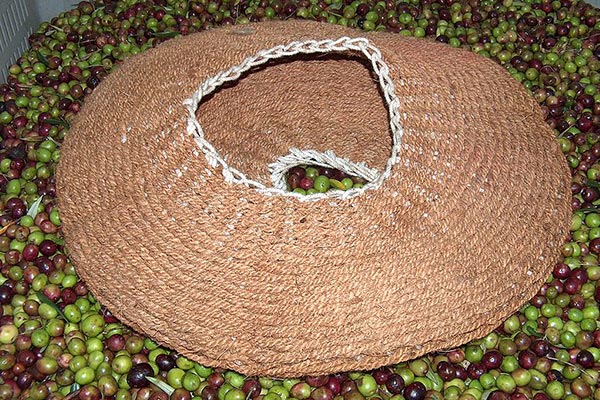
Cold extraction
In this modern process, the olive paste is crushed and passed through a mixer set at a temperature of 27°C. The paste is then passed through a centrifuge which separates the oil, water and solid residues.
The 2 processes result in oils of the same taste quality. They both respect working at low temperature (<27°C) and purely mechanical extraction. The difference lies in the process: ancestral and artisanal for First cold pressing and modern, standardized and industrial for Cold extraction.
First cold pressed oil is an artisanal oil that requires the knowledge of the olive grower and the miller who will extract the oil. It is here the ancestral know-how of the craftsman that is put forward.
It is the terroir and the culture of the olive that ultimately matters in the taste of the olive oil. Like wines, everyone will have their preferences. The advantage of First cold pressing oil is often that you benefit from a history and advice from a real artisan.
Extra verge olive oil
Among the terms that we find concerning olive oils we also find extra virgin olive oil.
This term means that the oil in question:
- has a free acidity level of less than .8%
- meets specific organoleptic quality criteria
This is a standard established by the International Olive Oil Council. It also sets the precise temperature at which the olive oil must be extracted.
Buying tips
Know the terroir of the olive oil purchased. To do this, take an interest in the variety or varieties of olives used in its manufacture:
- France: Lucca, Picholine,...
- Spain: Arbequina, Picual,...
- Italy: Frantoio, Moraiolo, Leccino,...
- Greece: Koroneiki
- Algeria: Chemlal
- Tunisia: Chemlali
Each variety develops different constants which are embellished with particular flavors depending on the terroir, the climatic conditions of the year, the maturity of the harvest, etc.
Also look at the origin of the olive oil: AOC, PDO, IGP, Organic, …
Pay attention to the container.
Large retailers, keen to sell "by color", use transparent bottles (sometimes plastic) containing up to several liters.
Olive oil is a fragile product that oxidizes on contact with light and air. So prefer metal containers (totally opaque) or opaque bottles (green, brown, etc.). When you buy the oil in a can (more economical), remember to transfer it into bottles once the can is well opened in order to limit contact with the air.
Store your oil in a closet away from light, heat sources and as much as possible away from heat variations.
Medals
An oil without a medal is not necessarily a poor quality oil. To get a medal, you have to present it in competitions, which is not the will of each producer.
But having a medal is often a token of recognition that varies according to the type of competition of course.
Beware of "cheap" oils.
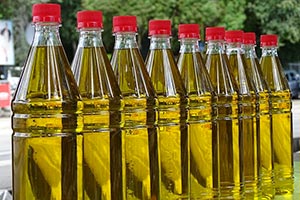
To obtain low prices, supermarkets prefer oils "worked" by assembling several oils from Morocco, Tunisia, Spain, Greece or Turkey.
We are here in full industrialization, globalization, we are far from local artisanal oil.
The oils thus produced are often acidic, sour or without saving or have an identical flavor from year to year (case of oils by blending) while a real olive oil is, identical to wine, a local product that develops different tastes and nuances every year.
